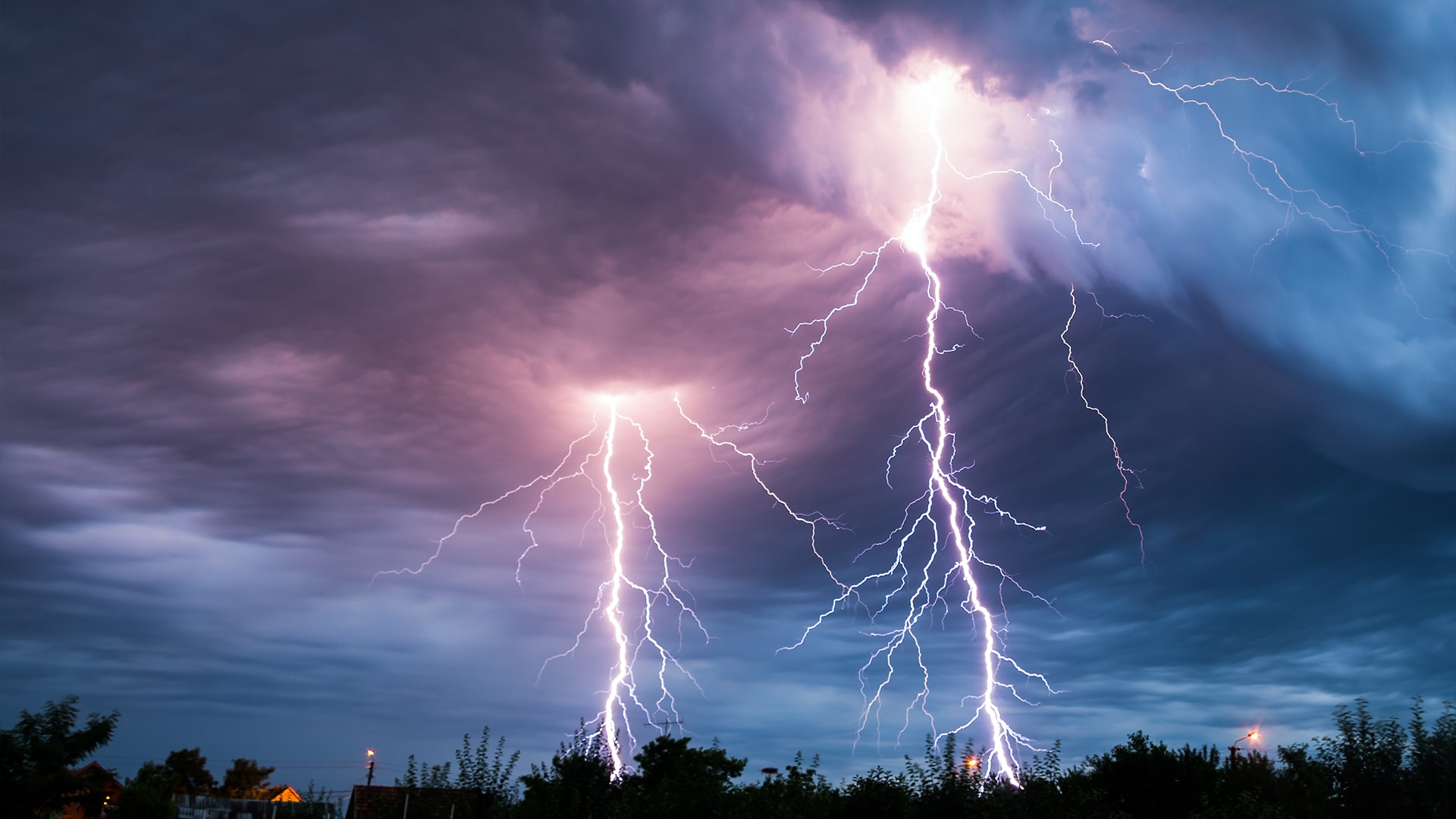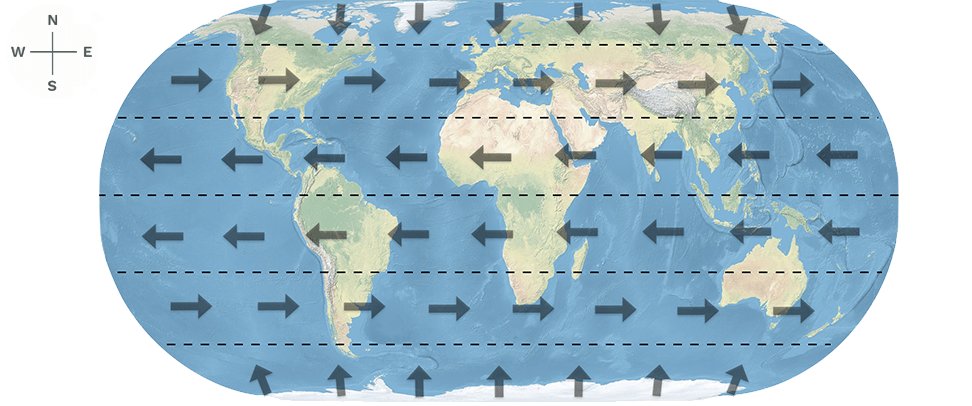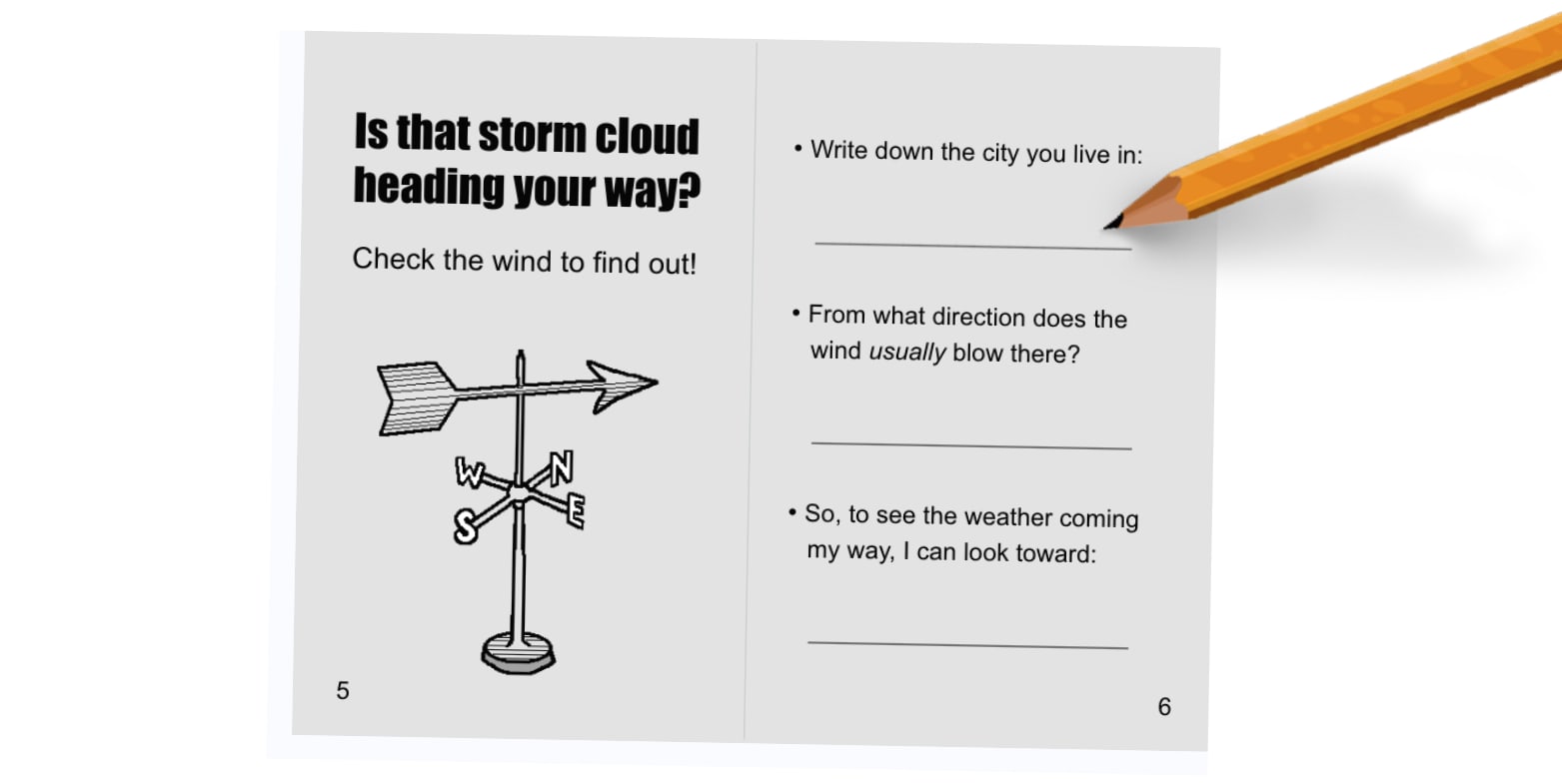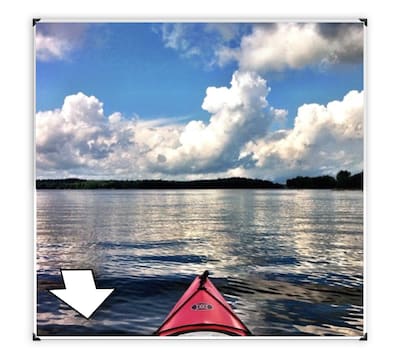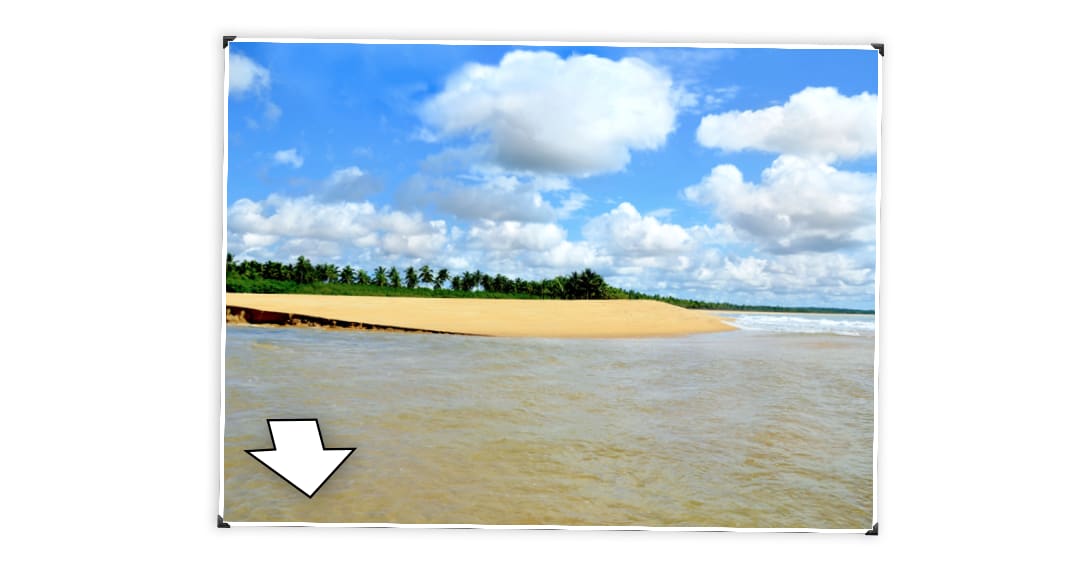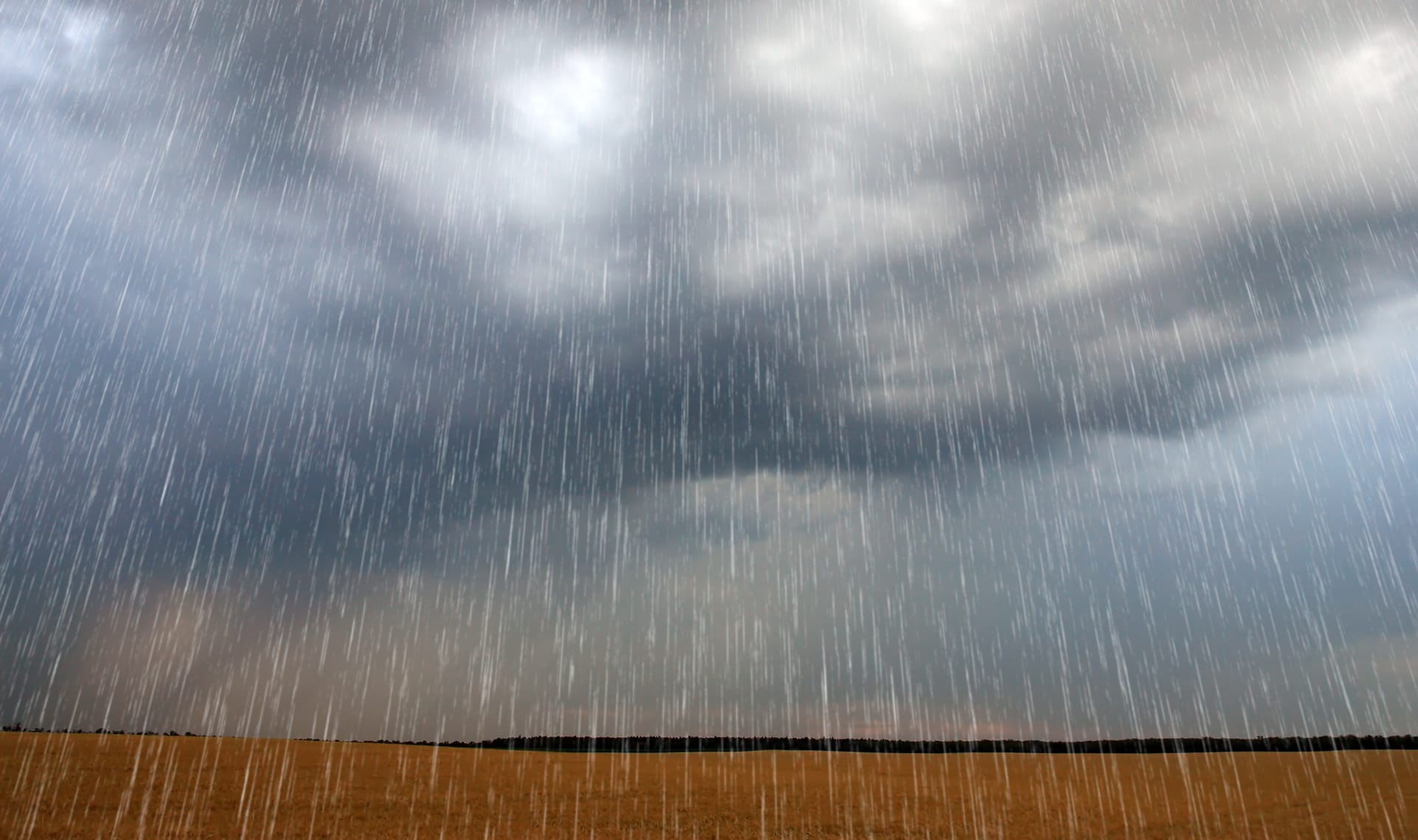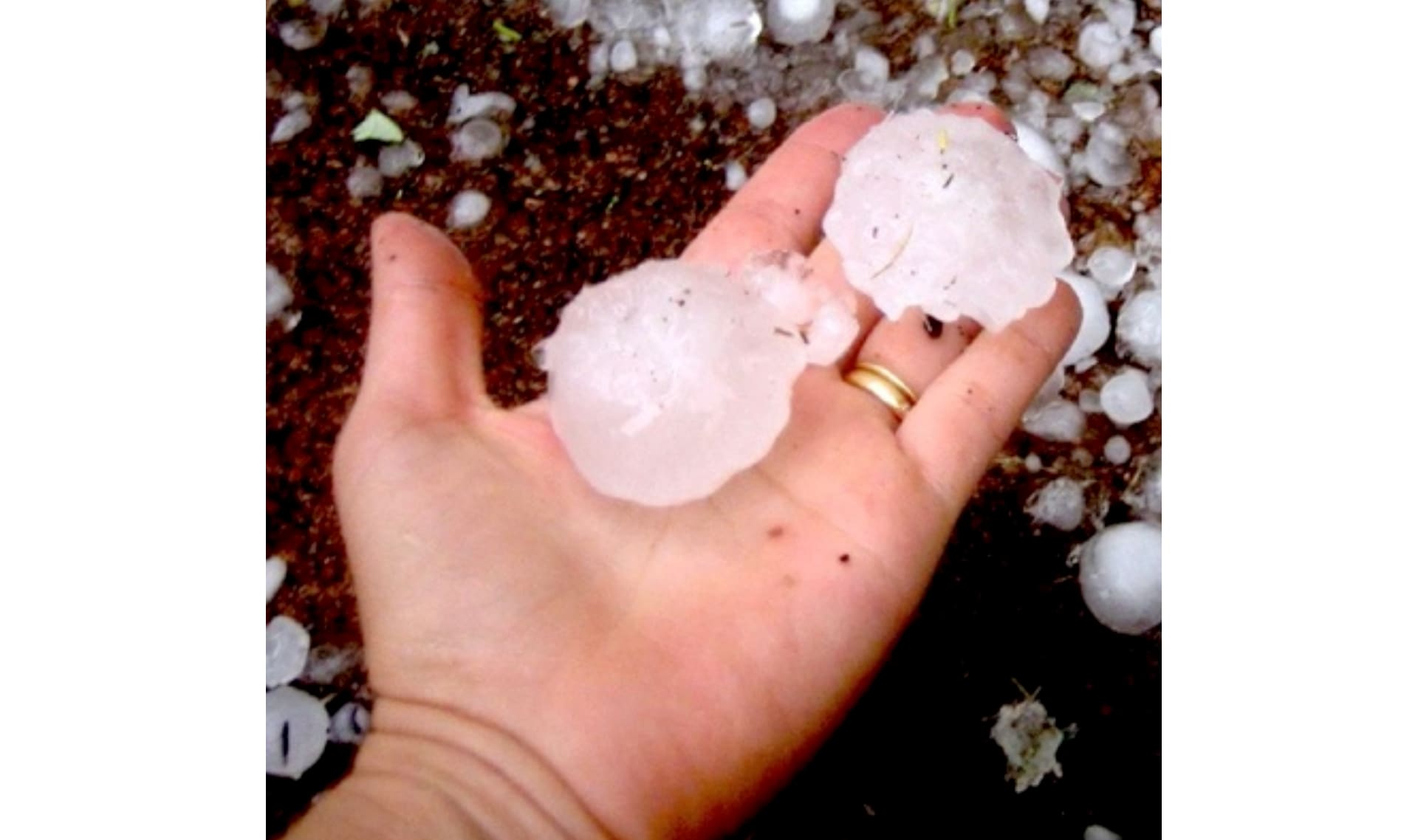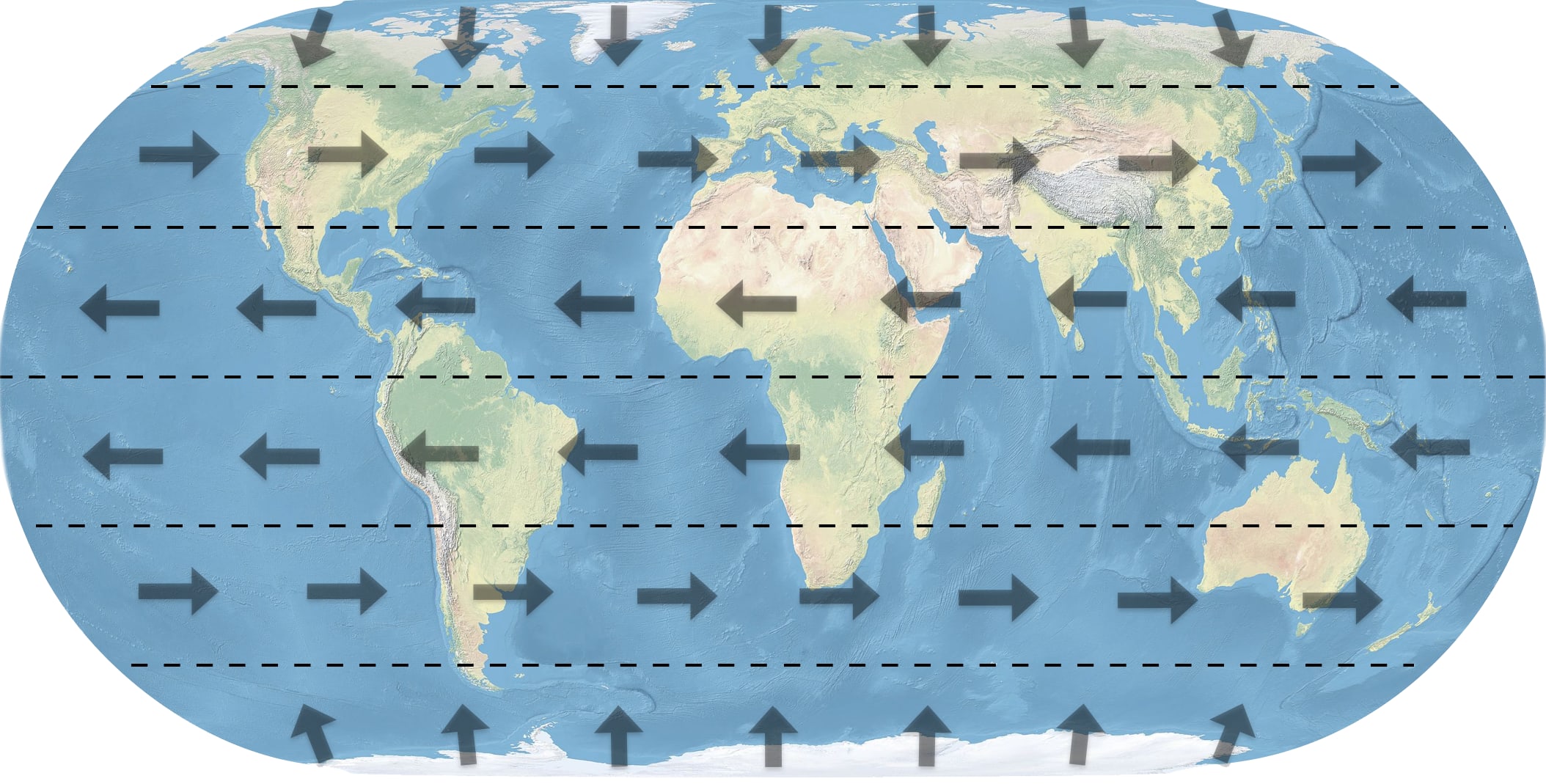Featured Reviews
·
Val
·
Teacher
· over 4 years ago
·
Gloria
·
Teacher
· about 5 years ago
·
Julie
·
Teacher
· over 5 years ago
·
Michele
·
Teacher
· over 5 years ago
·
Anne
·
Teacher
· over 5 years ago
·
Tiffany
·
Homeschooler
· over 5 years ago
·
Genevieve
·
Teacher
· over 5 years ago
·
Amber
·
Teacher
· over 5 years ago
·
Kyla
·
Teacher
· over 5 years ago
·
Jillian
·
Teacher
· over 5 years ago
·
Brenda
·
Teacher
· over 5 years ago
·
Chelsea
·
Teacher
· over 5 years ago
·
Kristina
·
Teacher
· about 6 years ago
·
Nicole
·
Teacher
· about 6 years ago
·
Ivy
·
Teacher
· about 6 years ago
·
Angela
·
Homeschooler
· over 6 years ago
·
Susan
·
Admin
· about 7 years ago
·
Shereen
·
Homeschooler
· about 7 years ago
·
Karen
·
Teacher
· about 7 years ago
·
Melissa
·
Teacher
· about 7 years ago
·
Joyce
·
Teacher
· about 7 years ago
·
Kathy
·
Teacher
· over 7 years ago
·
Liz
·
Teacher
· over 7 years ago
·
Andrea
·
Teacher
· over 7 years ago
·
Teresa
·
Teacher
· over 7 years ago
·
Shelby
·
Teacher
· over 7 years ago
·
Colleen
·
Teacher
· over 7 years ago
·
Gregory
·
Teacher
· over 7 years ago
·
Christina
·
Homeschooler
· over 7 years ago
·
Geralyn
·
Teacher
· over 7 years ago
·
Kira
·
Homeschooler
· over 7 years ago
·
Katie
·
Teacher
· over 7 years ago
·
·
Teacher
· over 7 years ago
·
Clara
·
Teacher
· over 7 years ago
·
Kim
·
Teacher
· over 7 years ago
·
Lauree
·
Teacher
· over 7 years ago
·
Andrea
·
Teacher
· over 7 years ago
·
Donna
·
Teacher
· almost 8 years ago
·
Caitlyn
·
Teacher
· almost 8 years ago
·
Kellie
·
Teacher
· almost 8 years ago
·
Roberta
·
Teacher
· almost 8 years ago
·
Karen
·
Teacher
· almost 8 years ago
·
Barb
·
Teacher
· almost 8 years ago
·
Tracey
·
Teacher
· almost 8 years ago
·
Eryn
·
Teacher
· almost 8 years ago
·
Trini
·
Teacher
· almost 8 years ago
·
Trini
·
Teacher
· almost 8 years ago
·
Emily
·
Teacher
· almost 8 years ago
·
Leslie
·
Teacher
· almost 8 years ago
·
Sue
·
Homeschooler
· almost 8 years ago
·
Tanner
·
Teacher
· almost 8 years ago
·
Joie
·
Homeschooler
· almost 8 years ago
·
Tim
·
Teacher
· almost 8 years ago
·
Nikki
·
Teacher
· almost 8 years ago
·
Jennifer
·
Teacher
· almost 8 years ago
·
Kent
·
Teacher
· almost 8 years ago
·
Mindy
·
Homeschooler
· almost 8 years ago
·
Stacey
·
Teacher
· almost 8 years ago
·
Katherine
·
Homeschooler
· almost 8 years ago
·
Jami
·
Homeschooler
· almost 8 years ago
·
Bethany
·
Homeschooler
· almost 8 years ago
·
Crystal
·
Teacher
· almost 8 years ago
·
Robyn
·
Homeschooler
· almost 8 years ago
·
Richard
·
Admin
· almost 8 years ago
·
Lydia
·
Teacher
· almost 8 years ago
·
Charity
·
Teacher
· almost 8 years ago
·
Naheed
·
Homeschooler
· almost 8 years ago
·
Barbara
·
Teacher
· almost 8 years ago
·
Kari
·
Homeschooler
· almost 8 years ago
·
Beth
·
Teacher
· almost 8 years ago
·
Terry
·
Teacher
· almost 8 years ago
·
·
Teacher
· almost 8 years ago
·
Kat
·
Homeschooler
· almost 8 years ago
·
Joli
·
Teacher
· almost 8 years ago
·
Laura
·
Homeschooler
· almost 8 years ago
·
Veronica
·
Teacher
· almost 8 years ago
·
Theresa
·
Teacher
· almost 8 years ago
·
Karen
·
Homeschooler
· almost 8 years ago
·
Silvia
·
Homeschooler
· almost 8 years ago
·
Stuart
·
Teacher
· almost 8 years ago
·
Shana
·
Teacher
· almost 8 years ago
·
Christa
·
Teacher
· almost 8 years ago
·
Katie
·
Teacher
· almost 8 years ago
·
·
Homeschooler
· about 8 years ago
·
Eileen
·
Teacher
· about 8 years ago
·
Erika
·
Teacher
· about 8 years ago
·
Cam
·
Teacher
· about 8 years ago
·
Nilufer
·
Homeschooler
· about 8 years ago
·
Kevin
·
Teacher
· about 8 years ago
·
Terra
·
Homeschooler
· about 8 years ago
·
Dixie
·
Teacher
· about 8 years ago
·
Doreen
·
Teacher
· about 8 years ago
·
Jennifer
·
Homeschooler
· about 8 years ago
·
Leanne
·
Homeschooler
· about 8 years ago
·
Sonia
·
Teacher
· about 8 years ago
·
Jennifer
·
Homeschooler
· about 8 years ago
·
Alice
·
Teacher
· about 8 years ago
·
Megan
·
Teacher
· about 8 years ago
·
Lily
·
Teacher
· about 8 years ago
·
Stephanie
·
Homeschooler
· about 8 years ago
·
Kathy
·
Teacher
· about 8 years ago
·
Mieke
·
Homeschooler
· about 8 years ago
·
Evelyn
·
Teacher
· about 8 years ago
·
·
Homeschooler
· about 8 years ago
